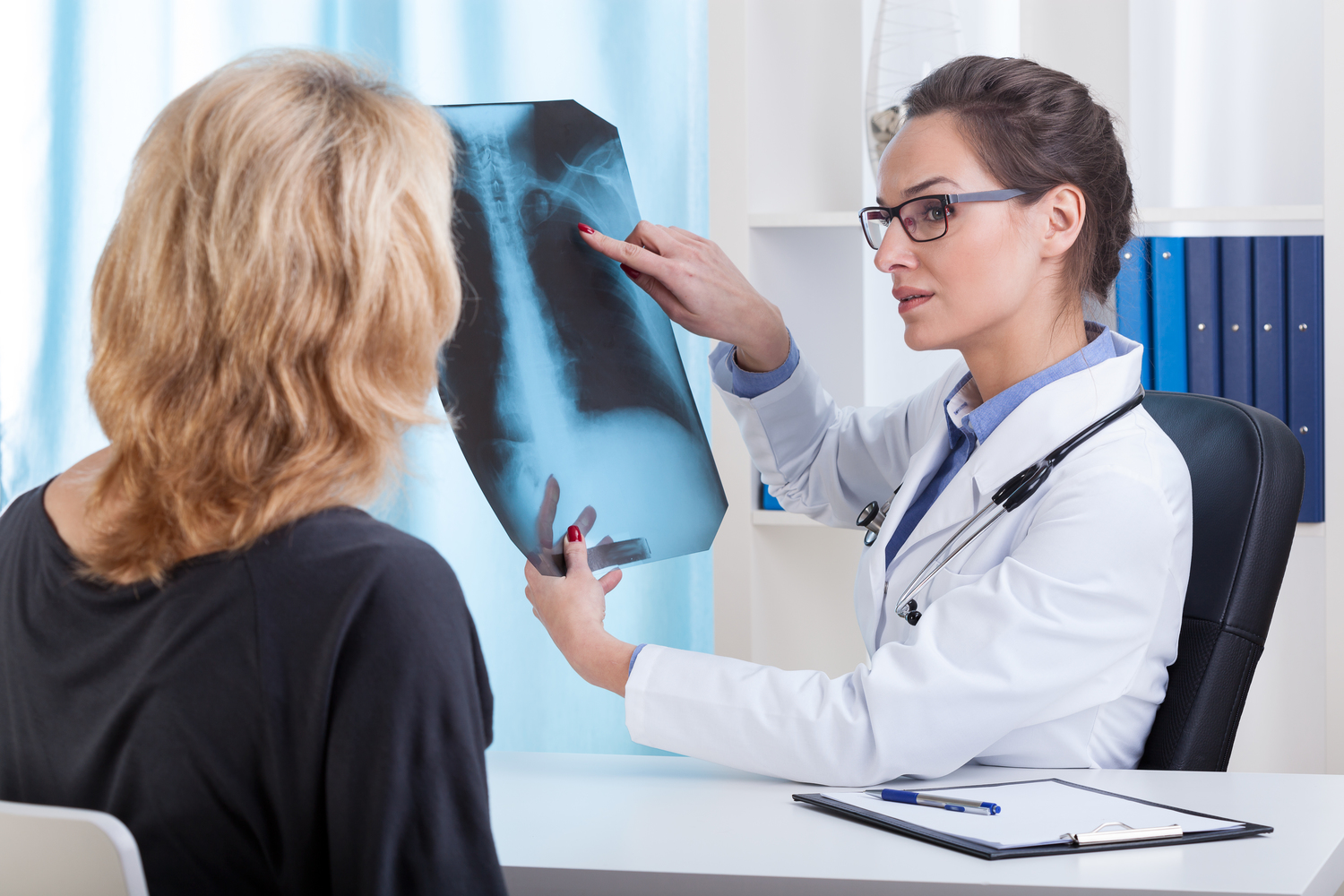11 Common Signs of Strep Throat
Strep throat is a common infection caused by bacteria that can lead to several symptoms, like a sore throat, fever, and chills. Those who experience the signs should consult a healthcare expert as soon as possible, as the condition can worsen and lead to complications. Since the infection is contagious, it can also spread if not managed well. The signs of strep throat are usually the same in both children and adults.

1. Soreness in the throat
Since this bacterial infection primarily affects the throat, among the first symptoms one may experience is a sore throat. One’s throat may feel painful, scratchy, and unusually red. Sore throat is also commonly associated with viral infections, such as the common cold and flu. But it usually points toward strep throat if it occurs abruptly or suddenly.
2. Fever
A fever that occurs gradually is associated with various illnesses, including viral infections. But when caused by strep throat, it does not have a gradual onset. Rather, just like the sore throat, the fever begins suddenly, usually on the second day of the infection. A fever caused by strep throat can also be unusually high, with the body temperature rising to 101 degrees or more. Ignoring such a high fever can be dangerous as it can affect the functioning of one’s internal organs.
3. White patches on the back of the throat
Along with soreness and redness in the throat, one may notice white patches, either at the back or on the sides of the throat. The white patches are due to the pus that builds up due to the bacterial infection. It is one of the telltale strep throat signs and symptoms.
4. Swollen tonsils
Strep throat can affect the lymph nodes at the back of the throat, called tonsils. The tonsils may appear red and swollen and may even be painful. Sometimes, there may also be pus buildup on the tonsils, indicated by white patches and streaks on them.
5. Difficulty swallowing
Due to the soreness of the throat, pus buildup, and inflammation of the tonsils, one may experience pain when swallowing. In such cases, it would be better for one to eat foods that are soft or easy to swallow, such as soups and oatmeal.
6. Petechiae
An early sign of strep throat that one may notice is the appearance of red spots on the roof of the mouth. These red spots, called petechiae, can appear on both the hard and soft palates. Besides the roof of the mouth, red spots can sometimes appear on the back of the throat.
7. Chills
Along with high fever, one may experience chills due to strep throat. When one has this symptom, they may shiver or shake. These involuntary responses may also occur due to other conditions, so speaking to a licensed healthcare expert is important.
8. Gastrointestinal symptoms
Strep throat can sometimes lead to certain gastrointestinal symptoms, especially in children. These symptoms can include pain in the stomach, nausea, and vomiting. One may also develop a poor appetite when dealing with strep throat.
9. Uvulitis
The uvula is a tiny piece of tissue that hangs from the back of the throat. A strep throat infection can cause inflammation of the uvula, a condition called uvulitis. Those who have uvulitis may notice their uvula appear red and swollen. Pus may also build up on the uvula, leading to white or yellow streaks on it.
10. Scarlet fever
A particular bacteria strain called Streptococcus pyogenes (group A), which causes strep throat, can also cause another disease called scarlet fever. So, a lot of times, scarlet fever accompanies strep throat. The main symptom of scarlet fever is a high fever (usually over 101 degrees) and a bright red (or scarlet) rash on the skin. This rash usually begins as a red patch and then becomes coarser (like sandpaper) with time. The rash may appear in the body’s creases, such as the armpits, knees, and elbows. Scarlet fever can also cause the tongue to appear white with red dots on its surface, a condition called strawberry tongue. While scarlet fever can affect anyone, it is usually more common in children.
11. Mild or no coughing
Many signs and symptoms of strep throat are the same as those of a cold or flu, such as fever, sore throat, and chills. That said, the absence of a cough or a mild cough points toward strep throat and not a cold or flu. Similarly, a runny nose is also not usually associated with strep throat. So, if one notices that their sore throat and fever are accompanied by such symptoms (coughing and runny nose), it may be due to viral infection, not strep throat.
A lot of these symptoms are associated with multiple ailments. That means even if someone experiences them, they cannot definitively conclude the presence of strep throat. For a proper diagnosis, it is crucial to consult a healthcare professional. The expert may evaluate one’s condition using different methods to determine the cause of the symptoms.




